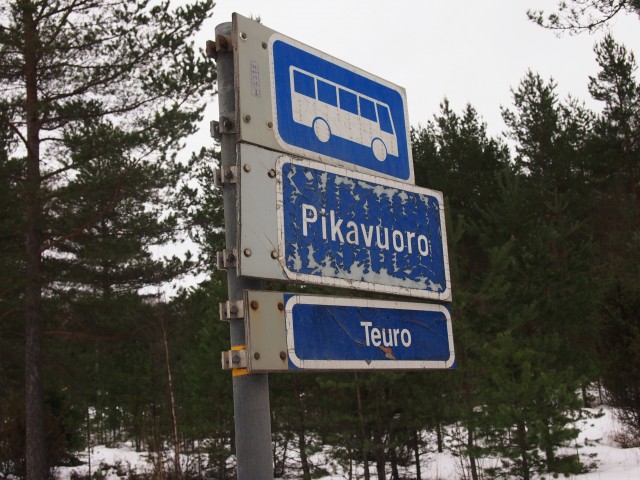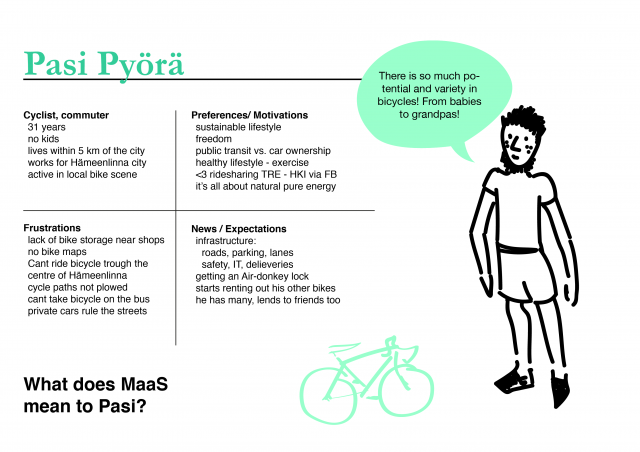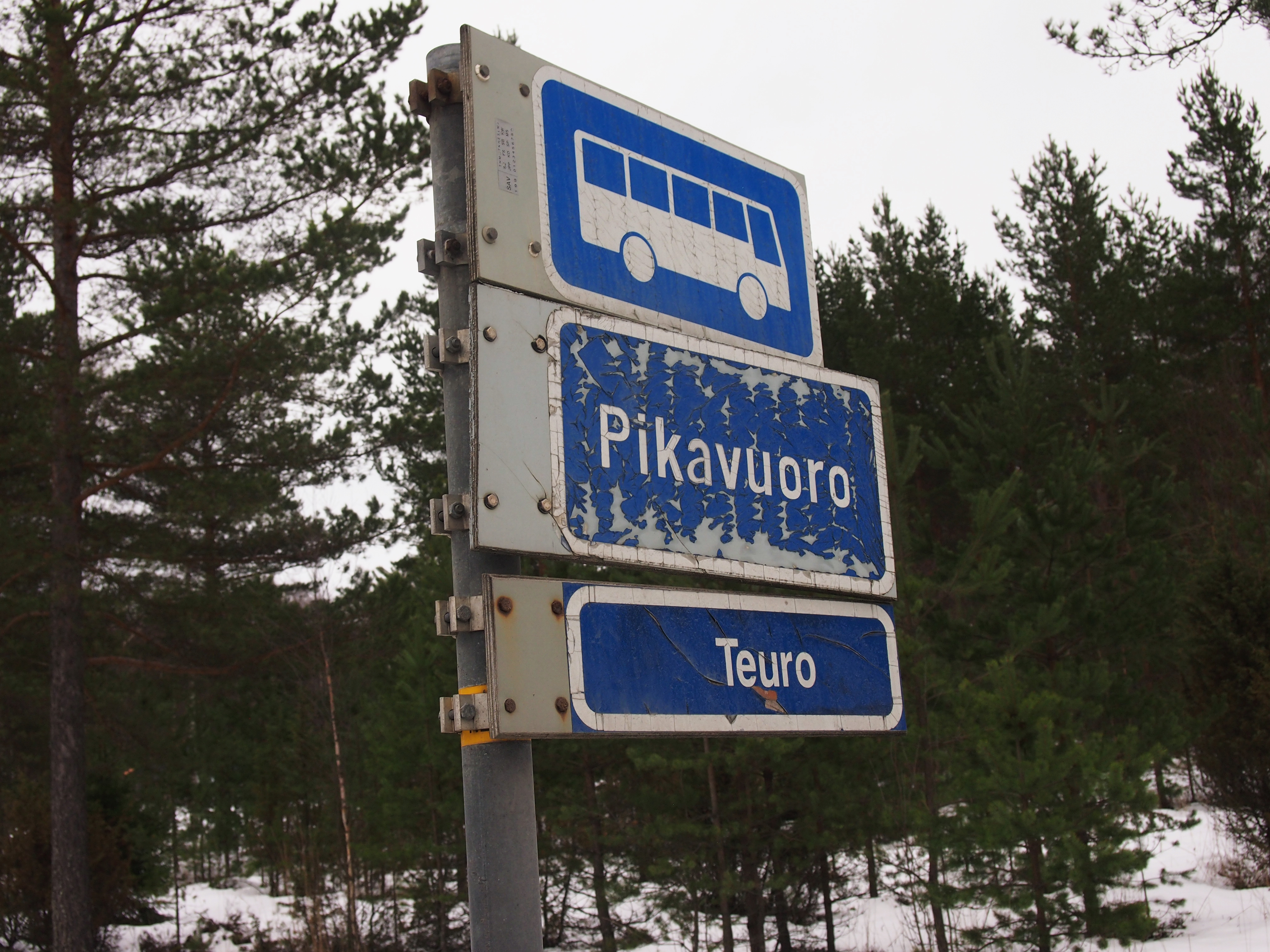
Starting to dance with systems
During the past two sessions of the DfG course we deepened our understanding of Empathic Design methodologies with practical exercises led by design researcher Juha Kronqvist. Jane Fulton Suri from IDEO defines design empathy as “The ability to step into someone else’s shoes and to understand them through their experiences” (in Koskinen, Mattelmäki and Battarbee, eds, Empathic Design, Helsinki: IT Press, 2003).
After the empathic design lectures, we entered into the Systems Thinking block hosted by architect and designer Hella Hernberg. We got familiar with Donella Meadows’ definition of a system: “A system is a set of things – people, cells, molecules, or whatever – interconnected in such a way that they produce their own pattern of behavior over time” (Thinking in Systems, White River Junction, VT: Chelsea Green Publishing).
As all of our three team members have a very intensive connection to dancing, we were very attracted by another Donella Meadows’ quote from the systems thinking lecture:
“We can’t control systems or figure them out but we can dance with them!”

Empathy through immersion
As none of us had before been to the focus area of our brief, Hämeenlinna, our first field-trip day, was a very exciting day for us. We went on our first trip to explore the area and have our first interviews with citizens and representatives. During the trip we tried to employ some of the strategies we learned in the empathic design lectures: empathic observation, interviews and experiencing things for ourselves. Thus we decided to try various different modes of transportation between Helsinki and Hämeenlinna as well as while getting around in Hämeenlinna itself and between Hämeenlinna and Tuulos.
We took the long distance bus to Hämeenlinna early in the morning, walked a lot, unsuccessfully tried hitchhiking on the way to Tuulos after being dropped off by the local bus in the middle of nowhere, got a car lift back to the stop, managed to get a shared ride on Facebook for our way back to Helsinki, accidentally found out about the free rental Hämeenlinna Citybikes available from the tourist office and experienced the commuter train, where we interviewed some travelers.
By trying out these seven different modes of transportation, we experienced first hand, what kind of problems could be relevant to our research: distances, hurdles, dangerous spots, lack of information and delays.

Personas as a shortcut to users
One methodology we found especially useful for our process was the development of personas. Personas are archetypes of certain user profiles and they embody their backgrounds, needs, problems and other aspects that drive them. Personas are used to keep the design focus on the users.
We created two personas based on the data we gathered talking to different people in Hämeenlinna and Tuulos as well as on the train. The personas include Pasi Pyörä, a bike enthusiast who thinks “There is so much potential and variety in bicycles! From babies to grandpas!” and a mother of two Pirkko Perheinen, who believes “Not having a car would be impossible, let alone dangerous!”
We are working on improving the personas and will create more of them once we have had a chance to interview more people during our upcoming second field trip to Hämeenlinna. So far they have helped us in understanding different perspectives and we are now working on figuring out how they would connect to mobility-as-a-service offerings.

STEEP curve into Systems Thinking
After an overview into Systems Thinking by Hella Hernberg we are currently deeply involved trying to map the connected systems with the STEEP method. Therefore we are having a closer look at the Social, Technological, Environmental, Economical and Political aspects of the mobility ecosystem. STEEP is a tool for mapping and trying to understand the system that is being studied or developed. We mapped everything we could think of from walking to autonomous vehicles! We will continue developing and focusing our model.
The course has really picked up speed quite quickly and our team is digging deeper and deeper, trying to experiment with the many different tools and approaches we learn about. We can’t wait for our second field trip and gathering more important information as first ideas emerge amongst our group. We are certainly looking forward to dancing with the systems more intensively and are curious where this will eventually lead us to.

The DfG course runs for 14 weeks each spring – the 2016 course has now started and runs 22 Feb to 28 May. It’s an advanced studio course in which students work in multidisciplinary teams to address project briefs commissioned by governmental ministries in Finland. The course proceeds through the spring as a series of teaching blocks – Empathic Design, Systems Thinking and Behavioral Insight – in which various research and design methods are applied to addressing the project briefs. Blog posts are written by student groups, in which they share news, experiences and insights from within the course activities and their project development. More information here about the DfG 2016 project briefs. Hold the date for the public finale 08:20-12:30 on Tues 24 May!


Fantastic! Thanks for sharing a great post.